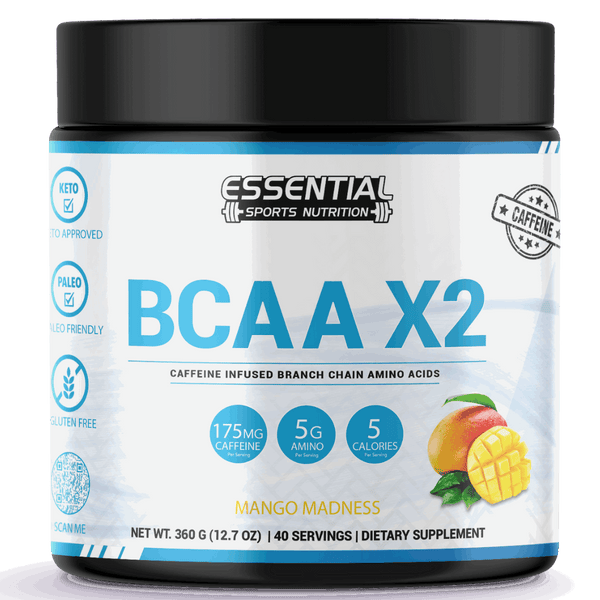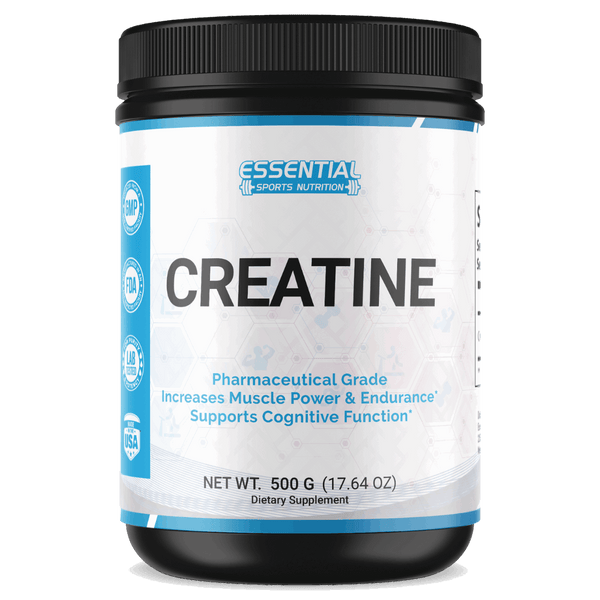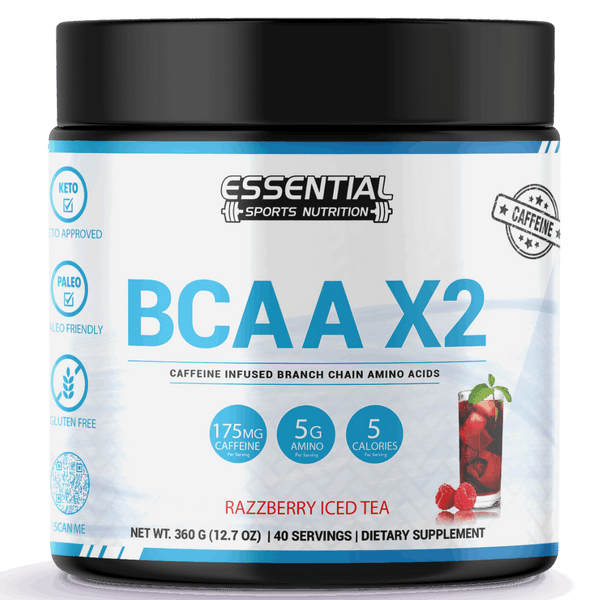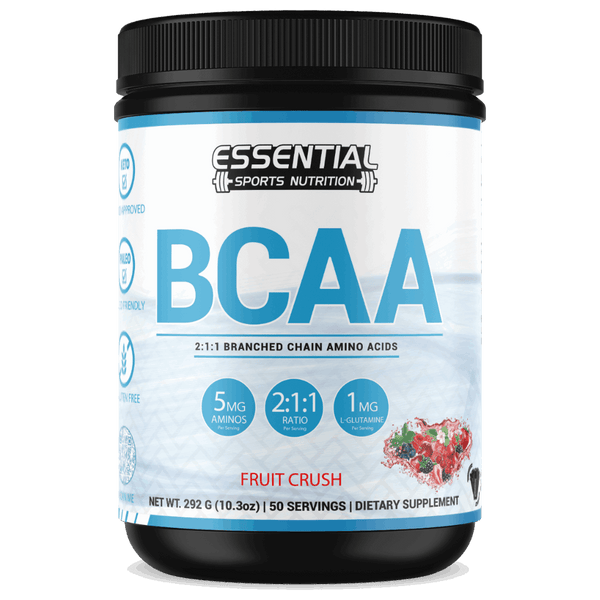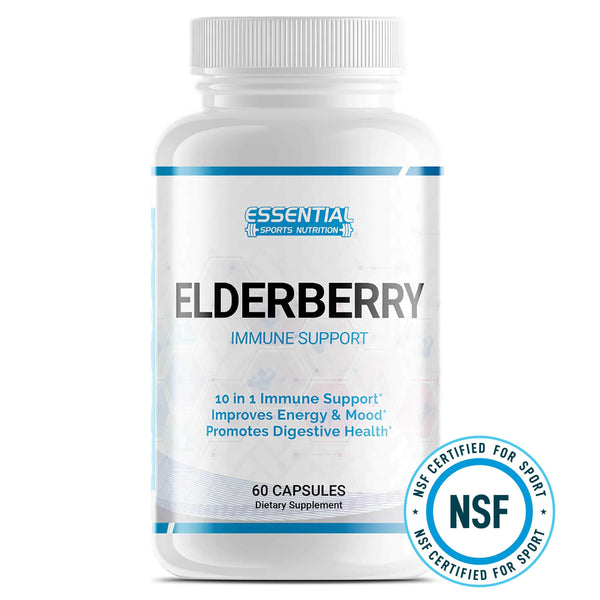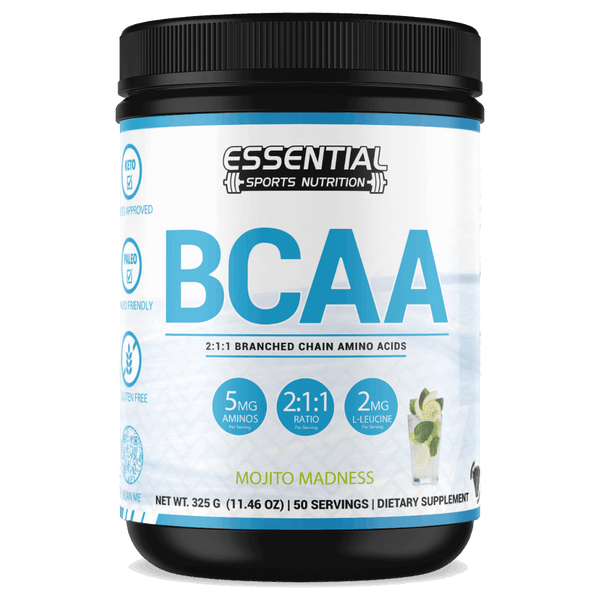No Gym, No Problem: Best Calf Exercises You Can Do Anywhere, Anytime
To enhance your calves at home without equipment, start with single-leg calf raises. Stand on one foot, lift using your calf muscle, hold at the top, then slowly lower down. Repeat and switch legs. Try the downward dog pose; it stretches and strengthens the calves. For more intensity, perform pulsing calf raises; rise on your toes and make small, quick up-and-down movements. Incorporate seated calf raises by sitting with legs extended, pressing down with your hands for resistance as you lift your heels. These exercises improve calf strength and stability, establishing a foundation for even more diverse workouts. Explore further to discover additional benefits and variations.

Key Takeaways
- Perform single-leg calf raises by lifting one foot and raising the heel of the other foot off the ground.
- Utilize the downward dog pose from yoga to stretch and strengthen calves.
- Execute seated calf raises by sitting with legs extended and lifting heels off the floor.
- Incorporate box jumps or stair steps to engage calf muscles through explosive movements.
- Try pulsing calf raises, maintaining a small, rapid up-and-down movement at the peak of a calf raise.
Importance of Strong Calves
Strong calves aren't just about aesthetics; they're important for supporting your lower body and enhancing stability in your daily activities. Your calf muscles play a key role in everyday movements such as walking, running, and jumping. By boosting your calf strength, you're improving your performance in these activities and safeguarding yourself against potential injuries that can arise from weak lower body support.
Think about it—your calves are fundamental in managing the load and stress your lower body endures during various physical activities. Strengthening these muscles helps in ankle flexion, which is necessary for maintaining foot stability and supporting your knees. Additionally, robust calves contribute significantly to your overall posture and stability. This means fewer chances of falling and more confidence in your movements.
You don't need a gym or fancy equipment to start enhancing your calf muscles. There are plenty of effective exercises you can do right at home. You're taking a significant step towards a more stable and injury-resistant lower body by dedicating time to strengthening your calves. Remember, every step you take is powered by your calves, so let's make them strong and resilient.
Calf Muscles Anatomy

Let's explore the structure of your calf muscles, starting with the soleus and gastrocnemius muscles, which are key to your lower body's mobility and stability. Your calf muscles are a powerhouse muscle group that supports nearly every step you take, whether you're walking, running, or jumping. The gastrocnemius is the more visible of the two, helping to propel your movement forward by lifting your heel off the ground. It's this muscle that gives your calves a defined shape.
Beneath the gastrocnemius lies the soleus. Though less visible, it's incredibly significant for maintaining ankle flexion and stability. Together, these muscles connect to your heel via the Achilles tendon, playing a pivotal role in your right leg's function and your ability to lower your foot to the ground with control slowly.
Here's a quick breakdown of these muscles:
| Muscle | Function | Connection Point |
|---|---|---|
| Gastrocnemius | Propels movement | Connects to femur |
| Soleus | Supports ankle flexion | Underneath gastrocnemius |
| Achilles Tendon | Transmits force | Heel bone |
Causes of Calf Pain
Calf pain often stems from muscle strain when you don't warm up properly before exercising. To keep your calf muscles healthy and pain-free, understanding the common causes and how you can effectively manage them is crucial. Remember, you're in control of how you treat your body, so take these precautions seriously to prevent discomfort.
Here are several key factors that contribute to calf pain:
- Inadequate Warm-Up: Jumping into strenuous activity without proper preparation increases your risk of muscle strain.
- Overuse: Repetitive activities or excessive training can fatigue the calf muscles, leading to pain and inflammation.
- Muscle Cramps: These sudden, involuntary muscle contractions can be intensely painful and are often a result of fatigue or dehydration.
- Swelling and Tenderness: These symptoms can indicate overuse or a specific injury to the calf muscles, requiring rest and proper treatment.
- Limited Range of Motion: When calf pain affects your ability to move freely, it's a sign that your muscles need attention and recovery time.
Stay motivated to take care of your calves by warming up, staying hydrated, and listening to your body's signals. You've got this!
Leg Exercises for Calves

Ready to ramp up your calf workout at home? Let's explore calf raise variations that'll challenge your muscles in new ways, and discuss how stair workouts can maximize your strength and endurance. Don't forget the benefits of jump rope; it's a fantastic way to boost your calf muscle power while enhancing cardiovascular fitness.
Calf Raise Variations
To effectively enhance your calf muscles at home, try incorporating various calf raise variations such as outward, inward, and isometric holds. These exercises target different parts of your calves, ensuring a thorough lower-leg workout that builds strength and stability.
- Outward Calf Raises: Stand with your toes pointing outward and slowly lift your heels off the ground to engage the outer calf muscles.
- Inward Calf Raises: Turn your toes inward and raise your heels to focus on strengthening the inner calves.
- Isometric Calf Raises: Lift your heels and hold at the peak contraction for several seconds to enhance endurance.
- Single-leg Calf Raises: Increase intensity by performing the raises on one leg at a time.
- Pulsing Calf Raises: After reaching the top of a calf raise, perform small, rapid up-and-down movements to intensify the burn.
Stick to these routines, and you'll see great improvements quickly!
Stair Workouts Explained
Stair workouts offer an effective, equipment-free method to strengthen your calves, challenging both the gastrocnemius and soleus muscles as you ascend and descend. Utilizing the stairs at home can transform your calf muscles, enhancing both strength and endurance. Start by stepping up one stair at a time, pushing through the balls of your feet to activate your calf muscles fully. Don't rush; focus on the quality of each step. As you descend, control your movement to work your calves eccentrically, improving muscle stability and control. This simple yet intense home workout requires no special equipment and efficiently builds your calves' strength and endurance. Keep at it, and you'll see results in no time.
Jump Rope Benefits
After mastering stair workouts, consider adding jump rope to your routine for an extra boost in calf strength and endurance. It's a dynamic way to enhance your lower body fitness right from home. Jumping rope isn't just for kids—it's a serious at-home workout that targets your calf muscles intensely.
Here's why you should integrate it into your calf training regimen:
- Enhances calf muscle strength: Builds endurance and power.
- Increases lower body explosiveness: Essential for athletic performance.
- Improves ankle stability: Supports joint health.
- Customizable intensity: Easily adjust your workout pace and duration.
- Defines calf muscles: Leads to better muscle tone and strength.
Top No-Equipment Calf Exercises
Why not start enhancing your calf muscles at home with these effective no-equipment exercises? Let's explore some of the best options you've got right at your fingertips.
First up, single-leg calf raises. This exercise not only improves your balance but also intensely targets your calf muscles. Here's how to do it: Stand on one leg, with your left foot slightly lifted off the ground. Slowly raise your right heel as high as possible, then slowly lower it back down. Make sure to keep your right knee slightly bent to avoid strain. Switch legs after completing your reps.
Next, try the downward dog pose from yoga. This pose gives your calves a fantastic stretch. Start on your hands and knees, tuck your toes under, lift your hips, and straighten your legs. Press your heels down towards the floor for a deeper stretch in your calves.
For a seated option, do seated calf raises. Simply sit with your feet flat on the floor and lift your heels as high as possible, engaging your calf muscles. Lower back down and repeat.
Lastly, incorporate box jumps if you have a sturdy platform. This plyometric move will not only build strength but also add explosive power to your calves.
Progression, Variation and Proper Form Tips

As you advance in your calf workout routine, consider upping the challenge by increasing reps or adding pauses at peak contraction to boost intensity and muscle growth. Mixing up your movements with different tempos and foot positions can also prevent plateaus and target various parts of your calves. Keep your training fresh and effective by combining these techniques with other lower-body exercises to optimize overall leg strength.
Enhancing Exercise Difficulty
To enhance your calf workouts at home, gradually increase your reps or sets, ensuring continuous muscle growth and endurance. Here's how you can level up your calf exercises and push your limits:
- Incorporate pauses: At the top and bottom of each calf raise, hold for a few seconds to challenge your muscle endurance.
- Add isometric holds: At the peak of your calf raise, maintain the position to intensify the workout.
- Slow lowering movements: Enhance muscle activation by performing the eccentric phase slowly.
- Experiment with tempo: Mix up the speed of your reps, such as slow, fast, or with pauses, to keep your muscles guessing.
- Increase volume gradually: Boost the number of sets or reps each week to continually challenge your calves.
Mixing Exercise Routines
Changing up your calf exercise routines guarantees you're constantly challenging your muscles and preventing workout plateaus. Start by incorporating progressive overload into your calf exercises. Gradually increase the number of reps or sets in exercises like calf raises to keep improving. Mix things up with single-leg calf raises, which add difficulty and help balance and strength. To up the intensity, alter the tempo or add brief pauses at the peak contraction of each calf raise.
Don't forget to include plyometric exercises such as box jumps or jump squats. These explosive movements enhance power and work your calves differently, ensuring a well-rounded approach to muscle growth and endurance. Keep your calf workouts fresh and effective by regularly mixing your routines!
Key Aspects of Proper Form
While performing calf exercises at home, it's crucial to maintain a straight alignment from head to heels to guarantee proper form and muscle engagement. Start by getting into the right starting position, which involves standing upright with your right foot slightly in front of your left leg. This initial stance helps secure your lower back, stays aligned, and reduces the risk of strain.
To further enhance your workout and keep your form on point, follow these key tips:
- Keep your core engaged: This will stabilize your upper body, preventing any unnecessary rocking and maintaining focus on your calves.
- Relax your shoulders: Avoid lifting or tensing your shoulders to prevent strain and keep the workout focused on your lower body.
- Control your movements: Emphasize a full range of motion in each exercise, rising and lowering slowly to maximize calf muscle engagement.
- Proper foot positioning: Make sure your heels do not lift off the ground prematurely; keep the weight evenly distributed across the entire foot.
- Avoid bouncing: Steer clear of quick, jerky movements. Smooth, controlled motions help isolate the calf muscles and prevent injuries.
Stay consistent and motivated, and you'll see improvements in no time!
Common Mistakes to Avoid

Many common mistakes can hinder your progress when performing calf exercises at home, so it's important you're aware of them to maximize effectiveness. First and foremost, rushing through your exercises can seriously compromise your form and reduce muscle engagement. It's essential to take your time and focus on each movement to ensure you're activating your muscles effectively.
Additionally, achieving a full range of motion is key to stimulating muscle growth and activation. Don't cut your movements short; instead, extend fully to involve more muscle fibers. This approach not only enhances strength but also contributes to better muscle development.
Here is a table summarizing common mistakes and how to avoid them:
| Mistake | Consequence | Solution |
|---|---|---|
| Rushing through exercises | Poor form, reduced muscle engagement | Slow down, focus on each movement |
| Incomplete range of motion | Limited muscle activation | Ensure full extension and contraction |
| Locking knees during raises | Joint strain | Keep a slight bend in the knees |
| Improper breathing | Reduced muscle oxygenation | Breathe evenly throughout the exercise |
Maintaining Consistency in Training

To see real gains in calf strength and endurance, you'll need to stick to a regular workout schedule. Maintaining consistency in training is essential, especially when you're performing calf exercises at home. Here's how you can make sure that your at-home workouts yield the best results in muscle strength:
- Set a Specific Time: Choose a specific time each day for your workouts to build a routine.
- Track Your Progress: Use a journal or an app to record your exercise sessions and improvements.
- Gradually Increase Intensity: Start with basic exercises and slowly add more reps or include single-leg variations to intensify your workout.
- Stay Committed: Remember why you started and keep that motivation in sight.
- Mix It Up: To avoid monotony, alternate between different calf exercises each session.
Conclusion

Now that you're armed with the best no-equipment calf exercises, think of your calves as the roots of your mighty tree, sturdy and strong. Keep your form sharp, avoid those common pitfalls, and incorporate variations to keep the challenge alive. Like planting a tree, consistency is key. Nurture your routine; the growth will come. Stand tall, stay committed, and soon you'll feel as solid and unshakeable as an ancient oak. Keep pushing, you've got this!
Best Calf Exercises at Home Without Equipment FAQs
Q: What are the best calf exercises to do at home without any equipment?
A: Some of the best calf exercises you can do at home without any equipment include single-leg calf raises, standing calf raises, calf stretches, and donkey calf raises.
Q: How can I stretch my calves without weights?
A: You can stretch your calves without using weights by performing exercises such as calf stretches, single-leg calf raises, and bodyweight calf raises.
Q: What is the importance of calf muscle anatomy when doing calf exercises?
A: Understanding calf muscle anatomy is important when doing calf exercises as it helps you target the right muscles and perform the exercises correctly to avoid injuries.
Q: Can I build calf muscle without using dumbbells or any equipment?
A: Yes, you can build calf muscle without using dumbbells or any equipment by doing exercises like bodyweight calf raises, single-leg calf raises, and calf stretches.
Q: What are the 5 best calf exercises for muscle growth at home?
A: The 5 best calf exercises for muscle growth at home include single-leg calf raises, standing calf raises, calf stretches, donkey calf raises, and bodyweight calf raises.
Q: How can I do calf exercises without equipment at home?
A: You can do calf workouts at home without any equipment by incorporating exercises like standing calf raises, calf stretches, single-leg calf raises, and donkey calf raises into your routine.
Q: What are the best compound exercises that help in calf development?
A: Some of the best compound exercises that help in calf development include single-leg calf raises, standing calf raises, donkey calf raises, and bodyweight calf raises.
Q: How Do I Exercise My Calves at Home?
A: Absolutely explode your calf gains by mastering calf raises! Simply lift onto your toes, then lower. Amp it up with single-leg variations or a downward dog pose. No equipment? No problem!
Q: Can I Build Calves at Home?
A: Yes, you can build your calves at home! Try bodyweight exercises like calf raises and single-leg stands. For more intensity, incorporate the downward dog pose and box jumps without needing any equipment.
Q: Can I Do Calf Raises Without a Machine?
A: Picture your calves as powerhouse pistons—you can definitely work them out with calf raises. Just find a flat surface, stand tall, and lift your heels repeatedly. It's simple, effective, and equipment-free!



